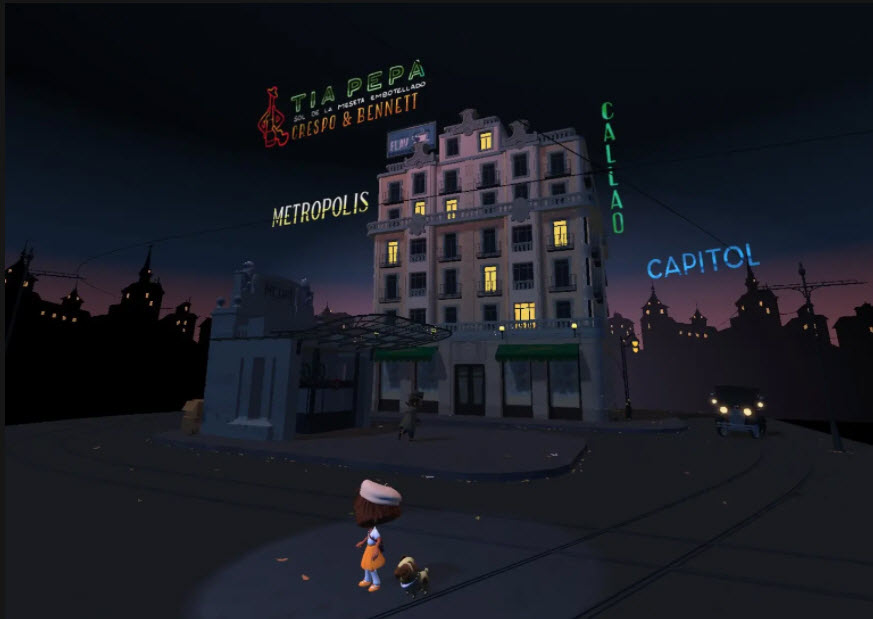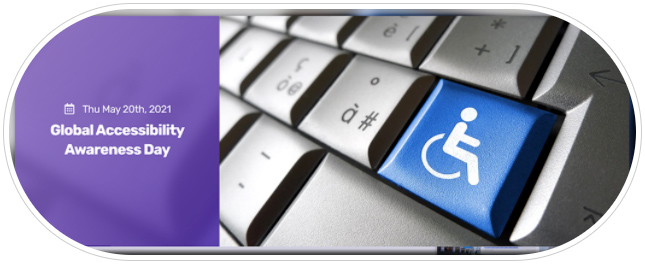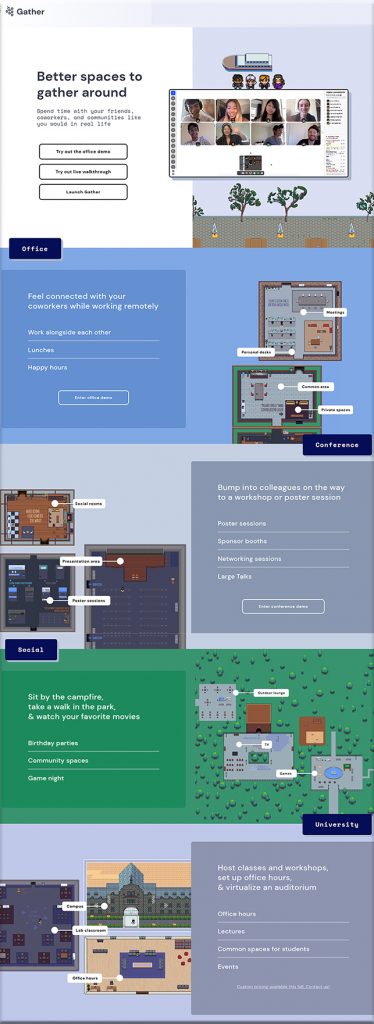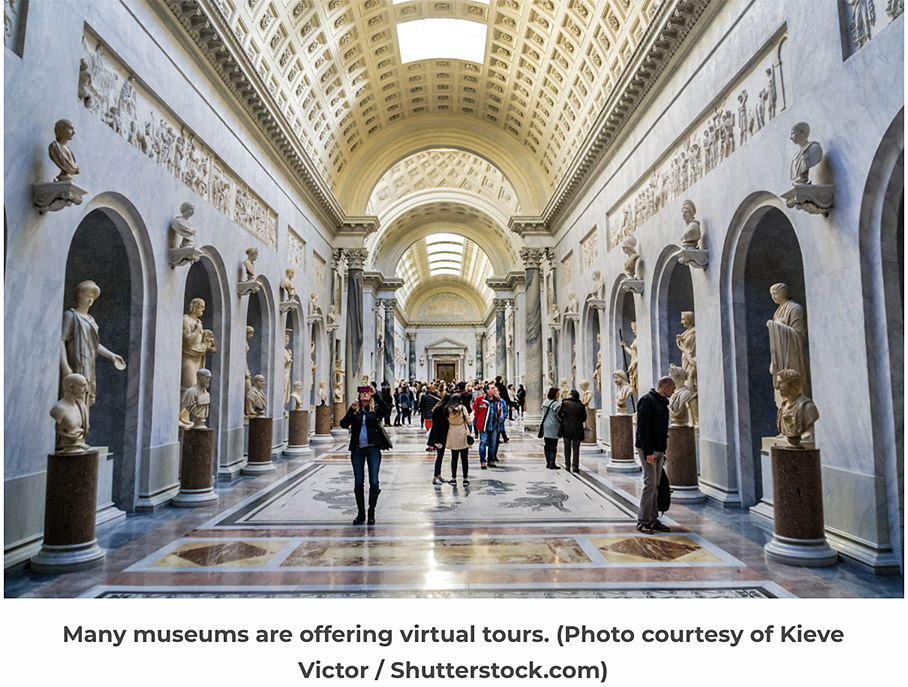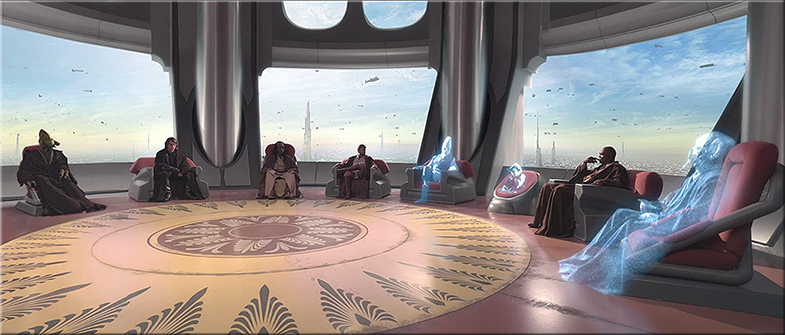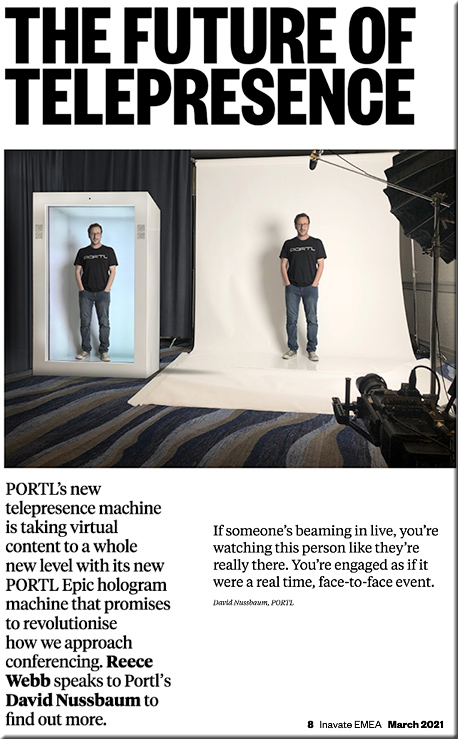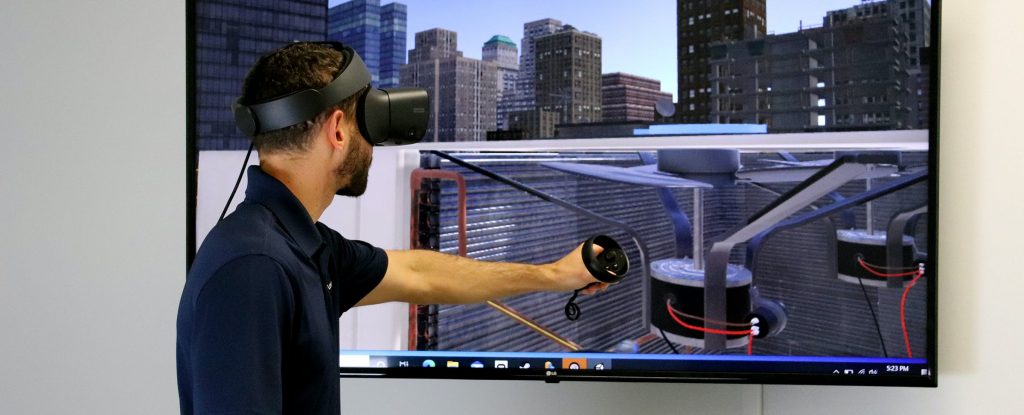Museum of Other Realities XR3 Exhibition: A Clear Vision For VR Film Festivals — from uploadvr.com by Harry Baker
Excerpt:
This week, the Museum of Other Realities launched its XR3 exhibition — a joint project between Cannes XR, the NewImages Festival and the Tribeca Film Festival. Not only does the exhibition feature some fantastic immersive VR content, but it presents it in a way that feels fresh, appropriate and the right direction for VR film festivals.
However, it feels like the Museum of Other Realities (MOR) has properly cracked the code with its XR3 exhibition this year. It’s a joint exhibition staged by the virtual museum and three organizations — Cannes XR, NewImages and Tribeca — and it results in something that feels like a true vision and creative blueprint for the future of immersive festivals.









